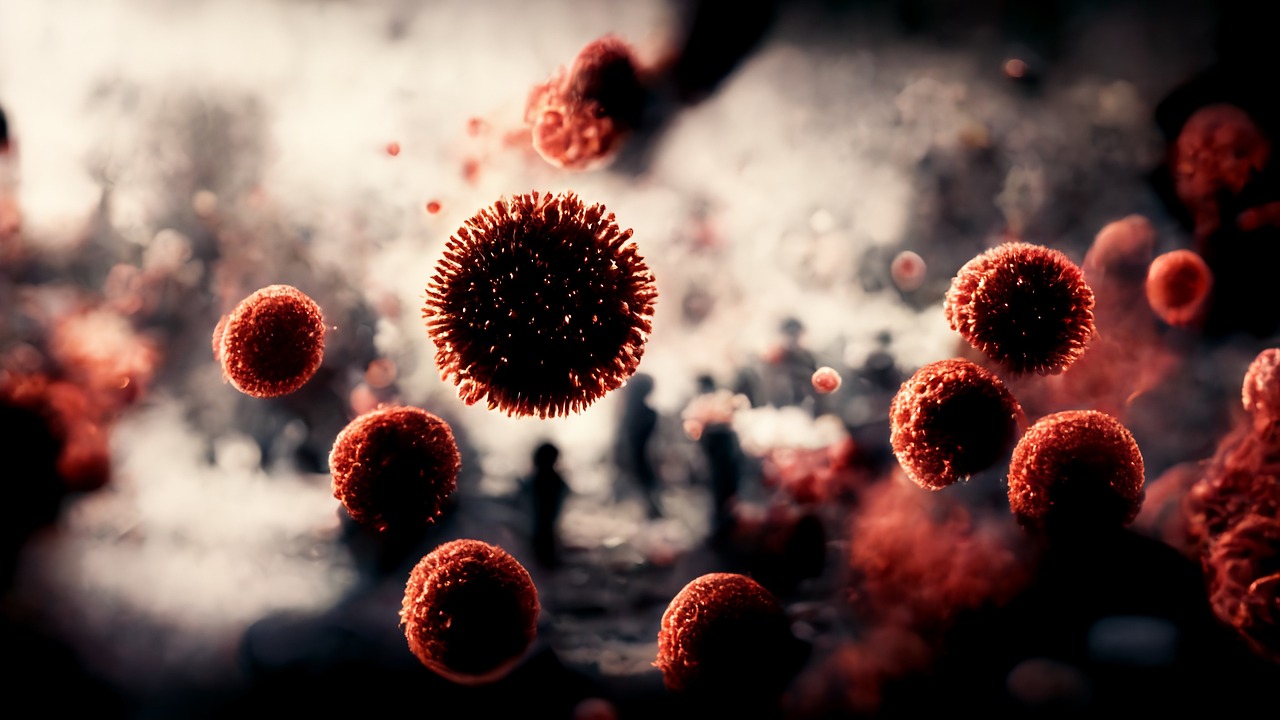When you’re sick, your body is infected. But with what? With a virus or with bacteria? To understand what it is, here’s how you can tell the difference between the two.
Bacteria and viruses? Both the same, both harmful? Far from it. Although they all belong to the large family of microbes, are tiny, and are often confused, they differ significantly in their form and the diseases they can cause.
In the event of an infection or several infections, it is important to know the cause. So, to make sure you don’t get it wrong, here’s how you can tell the difference between viruses and bacteria.
How can you recognize viruses?
While some are even smaller than bacteria, XL viruses have recently been discovered. However, this size does not make them independent. A virus is not autonomous, like a bacterium.
Viruses are infectious agents that require cells to multiply. They are also known as intercellular parasites. They enter a cell to multiply and, thus, infect other cells. A virus is infectious and is transmitted from one living being to another in various ways: via the respiratory tract, the digestive tract, the sexual tract, or the skin. All living organisms can fall victim to a virus: humans, animals, and plants. They can be responsible for numerous diseases in varying degrees of severity: colds and flu, which often do not differ much in their symptoms; chikungunya, AIDS, bird flu, measles, polio – the list is long!
Antibiotics are not helpful in combating them. There are other medical means to limit their transmission, multiplication, and penetration into cells. The best and most revolutionary method is the vaccine. This is a real breakthrough in the world of health that has already eradicated many diseases.
While some have been developed for diseases (measles, flu, chickenpox, mumps, etc.), others have not yet been developed, and researchers are still working on them. However, great progress has been made in the fight against the AIDS virus; an HIV vaccine has already been tested on humans. To keep up to date with progress in developing a potential vaccine, watch out for announcements from the World Health Organization (WHO).
But we shouldn’t be afraid of all viruses! They can be of great benefit, as evidenced by the recent gene therapy where vector viruses can be used to transfer genes to correct a genetic defect.
What is a bacterium?
It is a living, single-celled microorganism; it consists of a single cell with no nucleus. A bacterium measures 1 µm, so it is 50 times smaller than the diameter of a hair! But their small size in no way makes them weak. Bacteria are self-sufficient and can carry out their basic functions independently: producing, passing on information, and benefiting from their environment. Bacteria are very autonomous and have their own metabolism. Contrary to popular belief, they are generally completely harmless and indispensable for our organisms and health. These include, for example, bacteria that are involved in our digestion.
But beware; some can be pathogenic and cause more or less severe symptoms, from sore throats, middle ear infections, toothaches, and bladder infections to tuberculosis, pneumonia, or even the plague, which still has cases!
Antibiotics must be used to prevent these bacteria from multiplying. Since the beginning of the 20th century, their molecules have been used to treat numerous bacterial infections. Unfortunately, they are often misused, and some have become ineffective.
So, it cannot be repeated often enough: antibiotics are not a panacea!
- source: gentside.de/picture: Bild von Fractals99 auf Pixabay
This post has already been read 2428 times!



